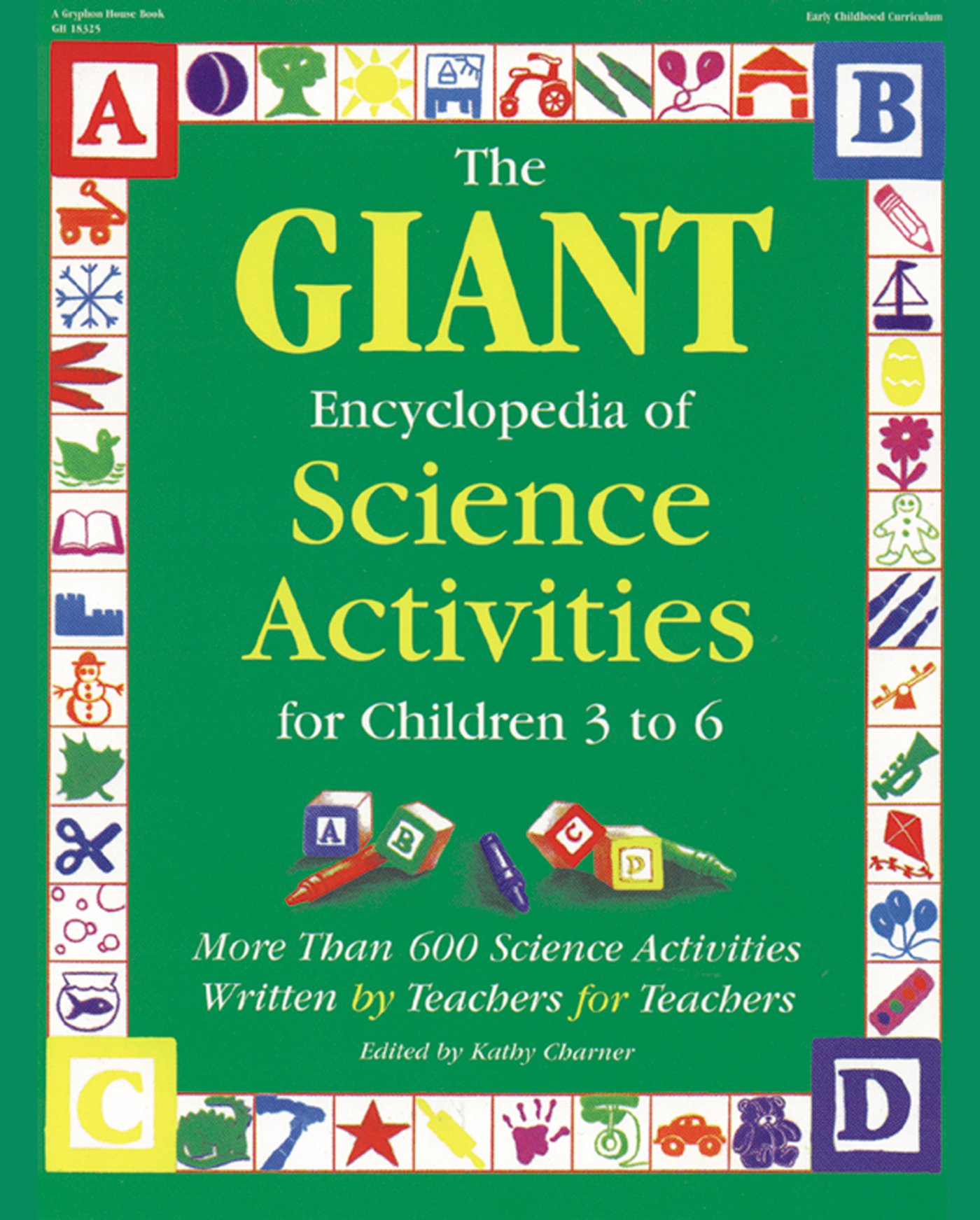Materials
Assortment of four to six dreidls, made of metal, plastic, wood, clay
Large sheet of chart or graph paper
Marker
Timer
Instructions
1. Although it is not necessary to introduce the dreidls as more than "tops used in a game played during the Jewish festival of Hannukah," it might be more meaningful to teach the game prior to engaging in this activity. You can find a complete explanation of the game, including detailed directions, in many nonfiction books about the celebration of Hanukkah.
2. Display the dreidls and ask the group, "How are these dreidls the same? How are they different?" Encourage a variety of responses and record on the chart paper descriptions of each dreidl, emphasizing the material(s) of which each is composed as its "identifier."3. Allow the children to examine and spin the dreidls. Encourage predictions by asking, Which dreidl do you think can spin for a longer time than the others? Why? Guess which one will spin for the shortest amount of time.
4. Experiment by spinning each dreidl, timing the length of its spin and recording the results on the graph next to its description. Try involving the children as timekeepers and recorders. It would be fun to let the children take turns spinning. Or, for consistency of the spins and to remove the variables associated with differing levels of skill, you may want to do the spinning yourself. Repeat this step two to three times to get a more accurate sampling.
5. Discuss the results, comparing them to the class's original predictions. Then, help the class draw conclusions based on those results.More to doMath: Highlight the concepts of time measurement in the activity above.Movement: Invite the children to move like dreidls to music in a clear, open area of the classroom. Make sure there is ample unobstructed space for your little spinners.Snack: Bake and decorate delicious dreidl-shaped sugar cookies.
